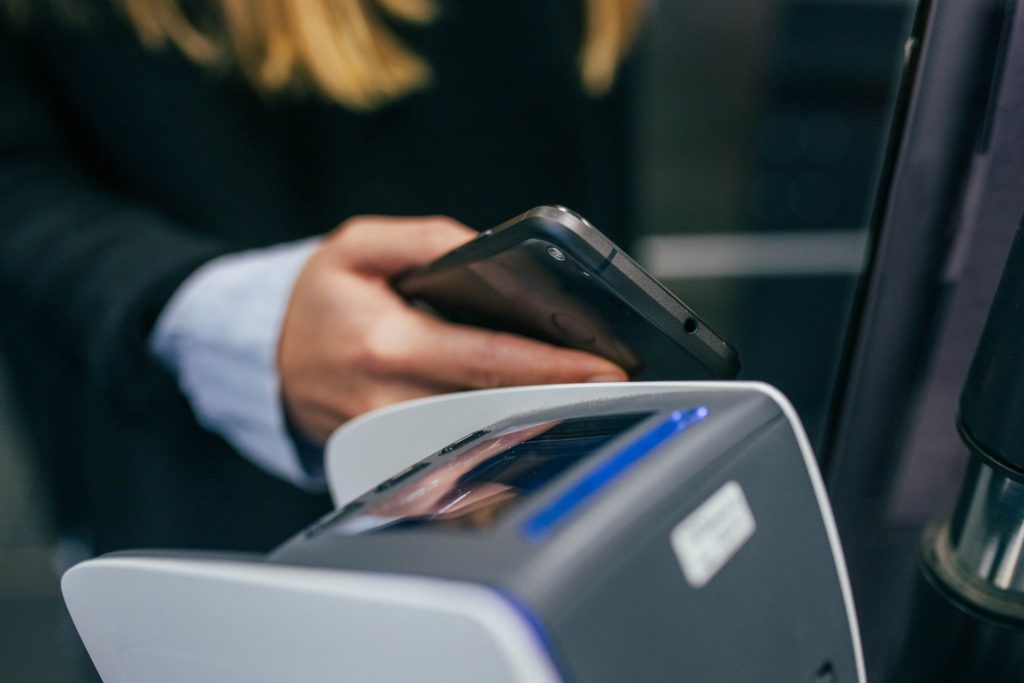People at the Heart of Public Transport’s Digitalization
UITP’s Senior Expert Jaspal Singh reflects on the digital revolution’s impacts on public transport – and the people that drive it.
At UITP, we talk a lot about the developments being made across the public transport sector. Being a global umbrella to all players and stakeholders, we constantly observe and consider what is happening within the industry, and what that means for those who work within it – especially the passengers who make their daily trips across the cities they call home.
Public transport has changed a great deal within the past ten years, with urban mobility undergoing a huge transformation. Digitalization and innovation have been behind many of the exciting changes to the ways in which we live and move. The digital evolution moves quickly, and with each new development within IT, every step, every journey, puts us closer to the people-centric approach that the sector must remain focused on.
During the past decade, technological innovations have made a great impact on the public transport sector. From on-demand mobility and Mobility-as-a-Service (MaaS) to autonomous vehicles and contactless payments, these digital developments have mattered to public transport.
Technology is constantly accelerating, and what is clear is that public transport has massively benefited from new digital developments. It’s the people who make public transport, and as the changes are led by people, we must stay ahead of the trends to ensure we harness the potential of digitalization to better serve the needs of passengers. The adoption of technology has accelerated with smartphones and will skyrocket with 5G networks as passengers look for seamless travel and real-time information.
Developments in innovation and digitalization are not come-and-go trends; they are exciting changes impacting the regular functions of traditional public transport services, including daily operations and maintenance, human resources, planning and scheduling, and passenger information. The pandemic has further accelerated the pace of digitalization. For example, transit agencies in Europe are implementing open loop payment system and contactless ticketing.

The world continues to live through great change with the impacts of the COVID-19 pandemic on movement within our daily lives, and the digital trends we have witnessed developing in recent years with on-demand and shared mobility, ticketing and payment and autonomous mobility, have played an important role during the movement of people this past year. All players must come together to build integrated mobility solutions, rather than working in silos.
People are demanding more from their mobility choices – and although traditional modes will always be the backbone of public transport – new innovative developments provide passengers with more choice and new options in their hands as they set about their daily lives.
Digitalization and innovation are topics that matter. In our daily work, we discuss the various impacts and opportunities this evolution presents to our sector. The public transport industry has embraced these new technologies in order to create more customer-friendly, secure, and efficient services.
Next year UITP will bring together the most important voices with the very best knowledge on digital developments at IT-TRANS – our event focused on innovation and digitalization. COVID-19 brought us together for a digital edition in 2020, and I’m eager to bring together as many people as we can to consider what may be next for the digital revolution.
With a focus on intelligent urban transport systems, we’ll be able to see what necessary steps need to be taken to continue embracing and developing the digital world public transport is embracing.
There are challenges and opportunities to any kind of development, within any sector, and public transport is no different. Digitalization is metamorphosing public transport, and what we must always do as we explore new services and embrace new technologies is keep a people-centric approach, no matter what.
Public transport is for all people; and it will be the passengers who continue to lead the digital revolution across our sector.